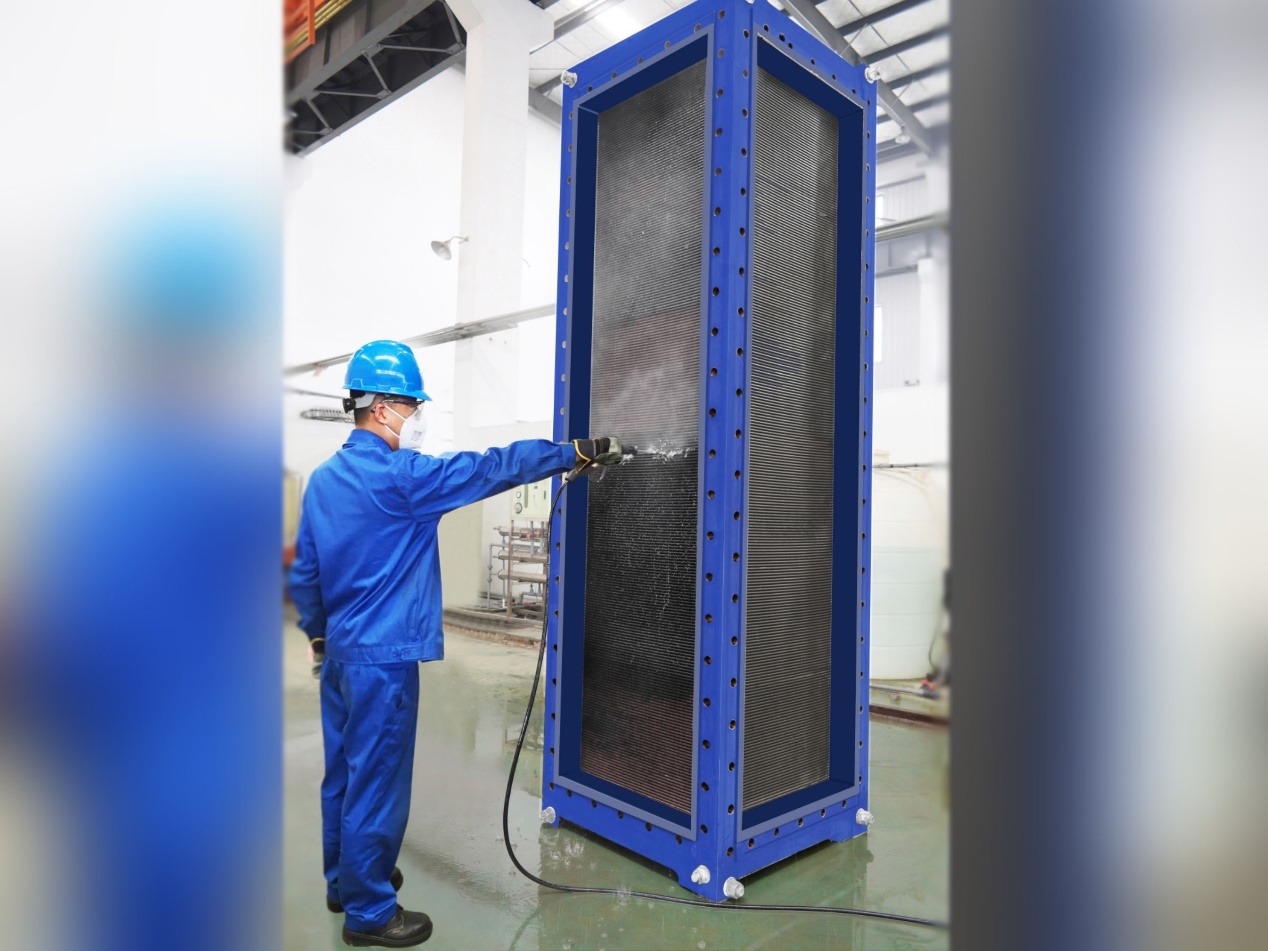Maintaining plate heat exchangers is critical, with cleaning being a vital task to ensure operational efficiency and sustained performance. Consider these essential precautions during the cleaning process:
1. Safety First: Comply with all safety protocols, including the use of Personal Protective Equipment (PPE) like gloves and safety goggles. Strictly adhere to the safety guidelines provided with the cleaning solutions.
2. Chemical Compatibility: Verify the cleaning solutions' compatibility with the heat exchanger's materials to prevent corrosion. Utilize only suggested cleaning agents and adhere to the advised dilution proportions.
3. Quality of Water: Employ high-standard water for the cleaning process to circumvent potential fouling or corrosion, preferably demineralized water or water conforming to the manufacturer's guidelines.
4. Adhering to Cleaning Procedures: Abide by the endorsed cleaning processes specific to your plate heat exchanger model, considering the application of cleaning agents, circulation periods, and temperatures. Refrain from excessive pressure or flow rates to avoid damage.
5. Post-Cleaning Protocol: Subsequent to the cleaning, it's imperative to rinse the heat exchanger comprehensively using clean water to eliminate residual cleaning agents or debris.
6. Thorough Inspection: Conduct a detailed examination post-cleaning for any indications of damage or deterioration. Address any discovered issues expeditiously prior to reinstating the heat exchanger to its operational status.
Effective cleaning is paramount in preserving the efficiency and extending the lifespan of plate heat exchangers. Observing these precautions ensures a safe and successful cleaning process, safeguarding against potential damages or performance-related.

Post time: Nov-06-2023
